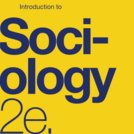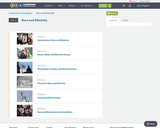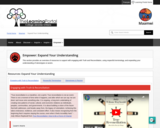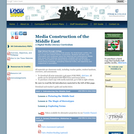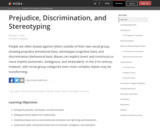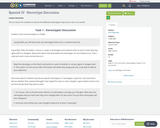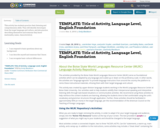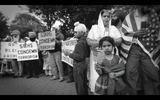
Introducing Africa is comprised of two lessons and is designed to raise studentsĚ_Ě_´ awareness about stereotypes of Africa; teach them information about the history, geography, economics and cultures of Africa; and to give them an appreciation for the diversity of the African continent. This kit will teach students to identify important details, make logical inferences, and draw informed conclusions from visual documents including photographs and money. The lesson was designed for third grade but can be used with older students.
- Subject:
- Arts and Humanities
- Material Type:
- Activity/Lab
- Diagram/Illustration
- Homework/Assignment
- Lesson Plan
- Primary Source
- Teaching/Learning Strategy
- Unit of Study
- Provider:
- Ithaca College
- Provider Set:
- Project Look Sharp
- Author:
- Chris Sperry
- Date Added:
- 04/23/2013
